Filling one’s belly in
Istanbul is not challenging as long as you are a carnivore, but finding an impressive place to eat is not so simple. If one comes to Istanbul from any Western country with a sizable
Turkish population and sticks to only the restaurants into which they are reeled by the first man who doesn’t shake a menu at them and block their path down whatever clogged alleyway they happen to be roaming hungrily, one will quickly come to the conclusion that Turkish food is best served outside of Turkey. But that is really not the case.
Most restaurants with favorable real estate, in regards to tourists, tend to be generic and aim at luring in customers by means of tacky décor and large women in village costumes kneading wads of dough through observational windows. Their purpose is to bring in one-time customers rather than have people coming back for quality cuisine.
“You will find them unadvertised down dark alleys four floors up in buildings that appear abandoned, and there will be no signs to guide you.”
The Turkish aesthetic is often to take that which is most beautiful and to hide it somewhere and then to rarely speak about it, and this is also the case with almost all of Istanbul’s finest eateries. You will find them unadvertised down dark alleys four floors up in buildings that appear abandoned, and there will be no signs to guide you. The only way to go about discovering these places is to befriend local foodies, to troll blogs, or check out websites such as
IstanbulEats.
Now, with that said, here are a few Turkish dishes to guide you as you consume your way through this enchanting metropolis.
Ciğ Köfte
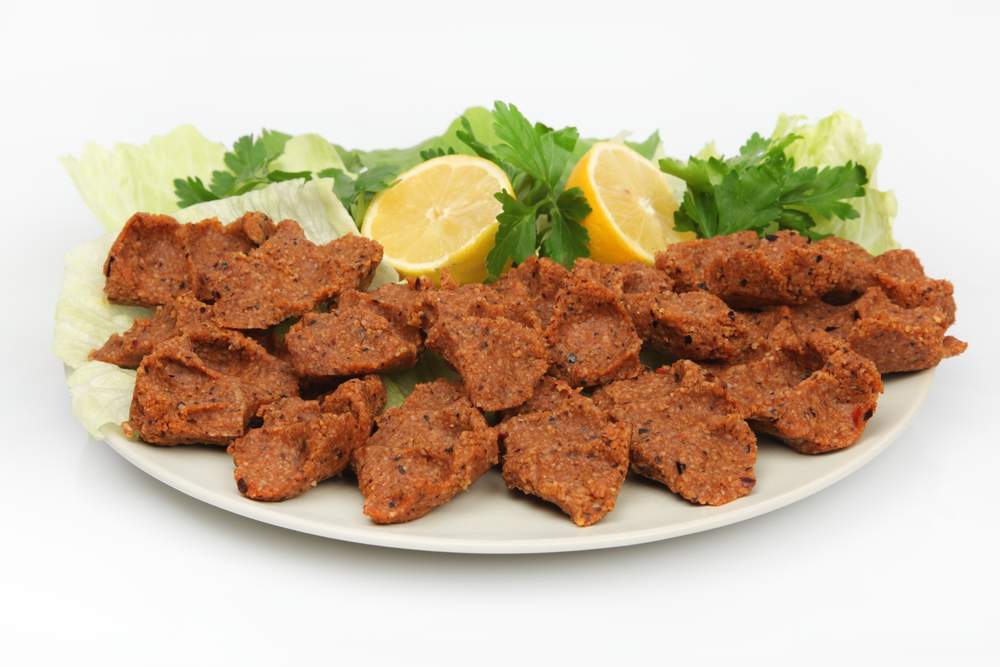
Pronounced chee kooftey, these little wads of spicy deliciousness are easily identifiable on the street – they are those things that look like orange termite mounds into which sizable Turkish men are punching and squeezing. Ciğ Köfte literally means “raw meatball,” because in the past these were made with raw minced beef or lamb meat.
Although still prevalent in the southeast, raw meatballs are pretty much outlawed in western Turkey. The ones you will be encountering are made of bulgur wheat, mild onions, scallions, parsley, green pepper and probably tomato sauce, served on a sheath of lettuce with a lemon slice.
Midye (Mussels)
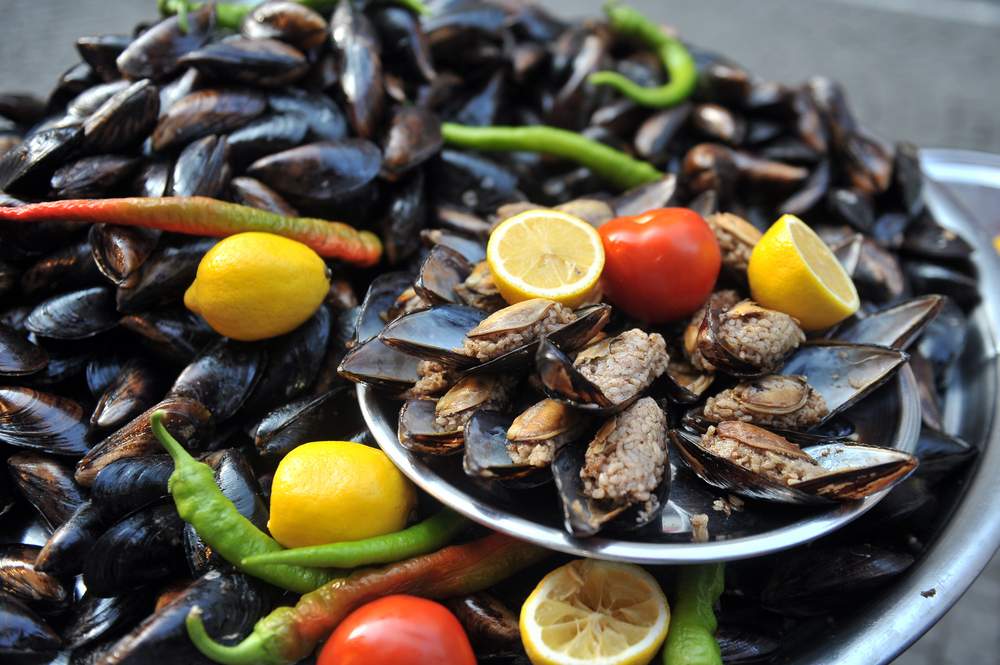
You will find little pyramids of midye almost everywhere in Istanbul. They are perennially popular and it is doubtful you will encounter a Turk with anything but pleasant things to say about them. They are served fried on skewers and eaten with garlic sauce, or, even better, served stuffed with spiced rice, pine nuts and sometimes raisons, and then handed to you by a man who personally squeezes a jet of lemon juice inside.
Take note, however, that it is best to avoid getting these from the mobile street salesman who carry them around on their heads and retreat down alleyways whenever they see police. Instead eat them at restaurants that appear clean, as the former are often crawling with bacteria.
Hamsi
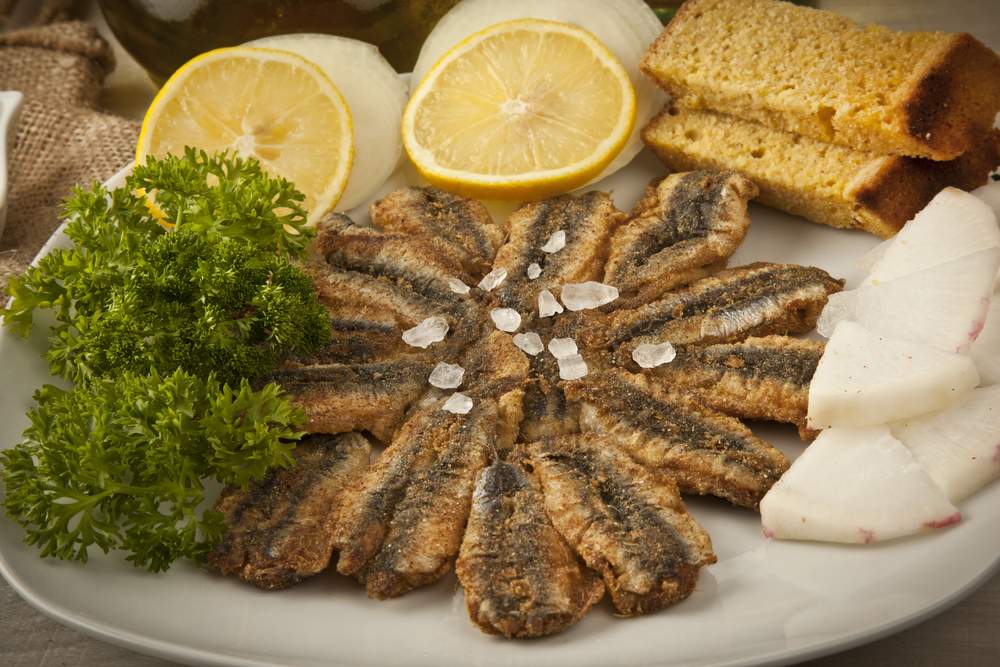
If you ask any
Istanbullu the one dish they could not live without, about 6 out of 10 people will tell you Black Sea anchovies, or “hamsi.” These miniscule fish are roughly the size of a flattened finger and served whole – eyeballs, tailfin, everything – fried and in a generous pile on a platter, or served mixed with rice in a dish called “hamsili pilav” (sardine rice).
The arrival of fall signifies a further cooling of the Black Sea’s waters and the coming of hamsi season, which Turks with profound and earnest nods of the head will agree is the best time to eat the little things. It is best to track down a Black Sea restaurant to get that authentic karadeniz flavor.
Kokoreç
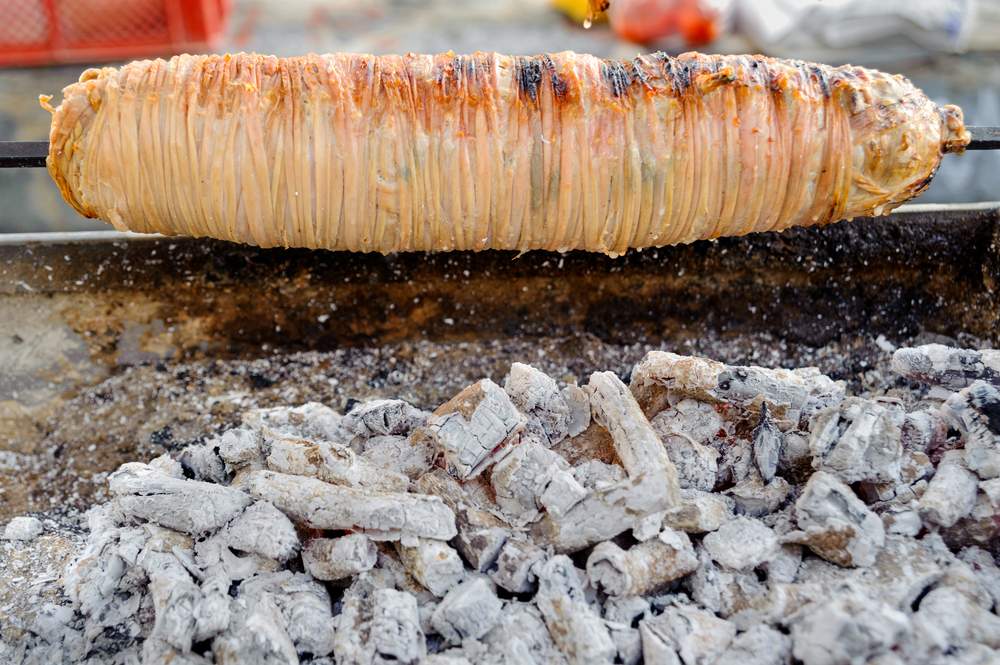
Kokoreç is for those who like to explore the inside of animal with their palate in the same way spelunkers explore caves. Originally a dish brought by nomadic Turks from Central Asia, kokoreç essentially consists of lamb – ideally suckling lamb – or goat intestines wrapped in seasoned offal and stuffed with minced hearts, lungs and kidneys, which is then wrapped around a skewer and cooked over a charcoal fire. The result is then cleavered into little pieces and seasoned with lemon, olive oil, oregano, salt and pepper and served inside flat bread or on a plate with pickles and garnish.
Lahmacun
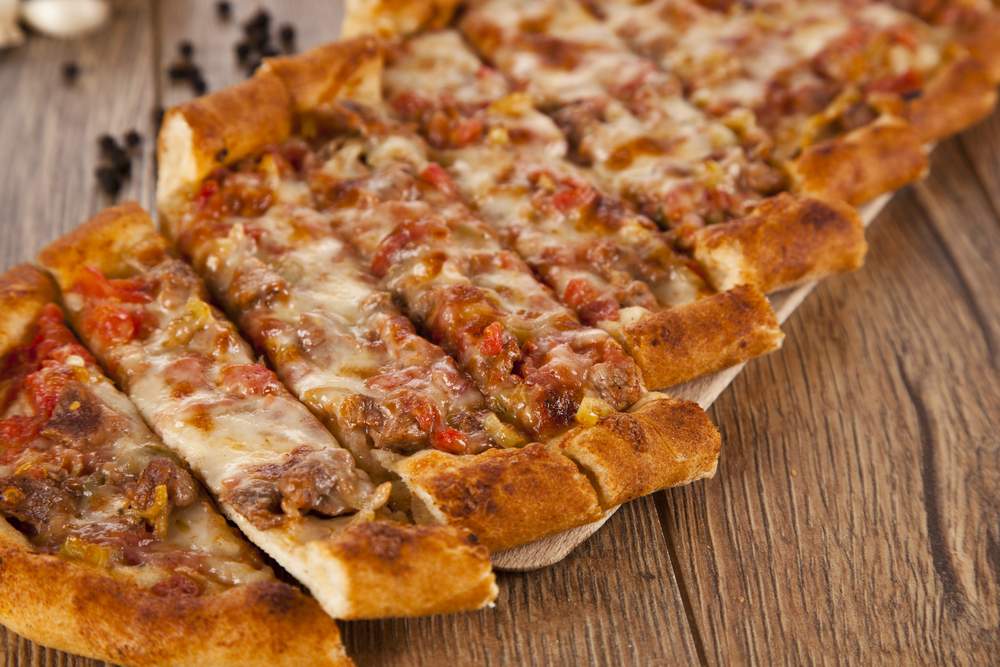
Even though Turks refer to Lahmacun as Turkish pizza, I personally would classify the dish more in the burrito family. An “oriental” dish served throughout much of the Middle East and the Caucus region, the lahmacun is a soft oval of thin slightly crisped dough that has been painted with spicy sauce, bearded with mince meat, and served with greens and a lemon slice.
Basically, you pile everything you can onto the face of the dough and roll it up like a scroll, being careful to envelope the bottom end BEFORE gravity tugs down an evacuation of spicy juices onto your shirt. You can find lahmacun almost anywhere for quite inexpensively, but for some high quality product search out a restaurant on IstanbulEats.
Mantı
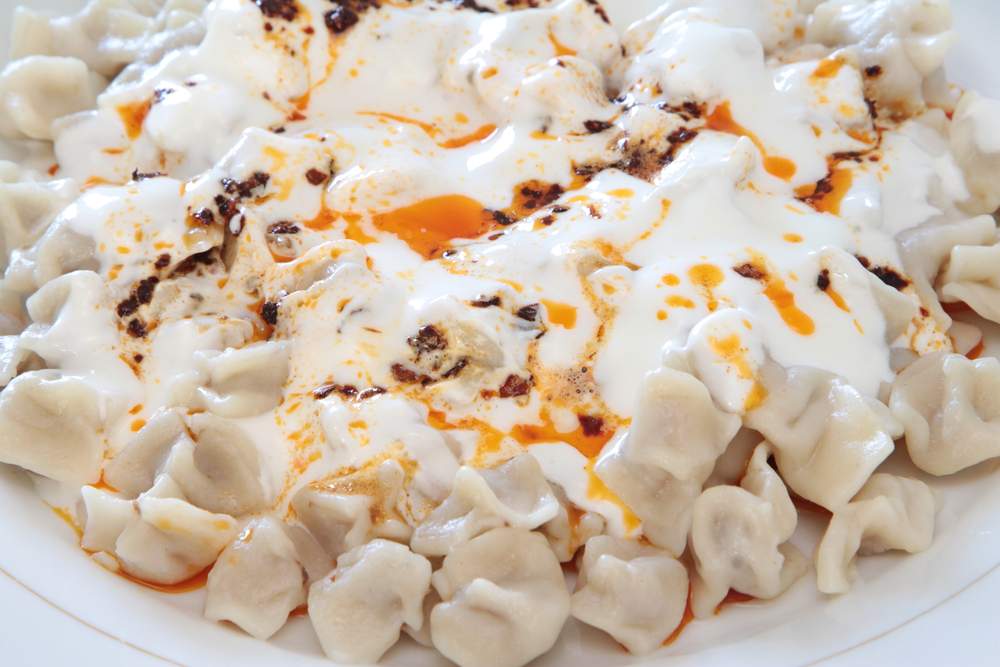
Mantı, which is both the singular and plural form of the word, are basically miniature dumplings containing some variety of minced meat or potato, which is then folded up in dough and either boiled, or steamed, and blanketed with a generous scoop of yogurt, melted butted and garlic, with a little red pepper debris sprinkled on top. They look like little oragami oracles.
The meal originated in the Turkic homelands near modern Mongolia and spread throughout Central Asia by migrating nomads who apparently carried the stuff frozen or dried and could swiftly boil it over a camp fire into something consumable. The best stuff is said to come from Kayseri.
Sarma
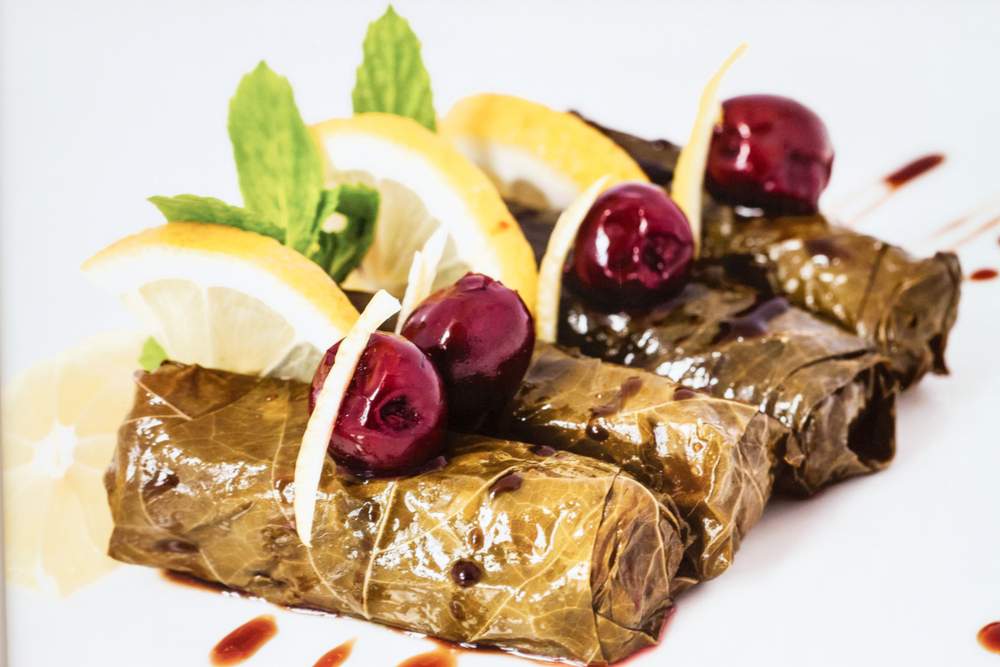
Sarma, also referred to as dolma (both of which mean “a stuffed thing”), includes a variety of consumables that in some way involve filling being injected into some means of organic wrap, such as stuffed capsicum, stuffed eggplant, etc. Generally, however, the words apply to one strain of this family, i.e. stuffed grape leaves (or stuffed cabbage leaves in the Laz regions along the Black Sea coast).
These look like stubby, wet, loosely-rolled green or transparent cigars, and they are addictingly delicious. They come in two main categories: 1) “kıyma”, which is stuffed with mince meat, onion, pine nuts, spices rice and olive oil, and served warm and doused in yogurt; and 2) the same thing without meat, with some extra herbs and spices thrown in and served at room temperature.
Şalgam
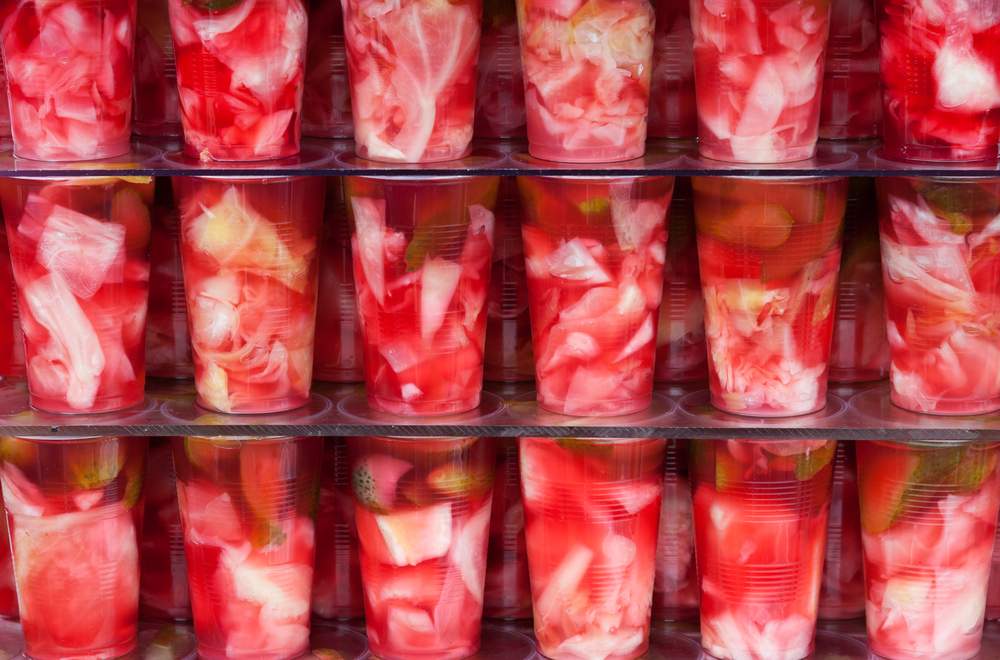
Şalgam, which means “turnip juice”, for first-timers is a bit of an assault on the senses. It generally comes from the southern city of Adana – where you’ll find countless shop keepers proudly displaying big stacked pomegranate-colored jars of it – and tastes roughly like spiced pickle juice.
It is made of water, violet carrots, turnips, salt and pounded bulgur flour, and is chock full of things that are good for you, like Calcium, Potassium, Iron and lots of Vitamin C. It is often served as a compliment to kebabs or drank in an attempt to soften that affects of a rakı hangover.
Baklava
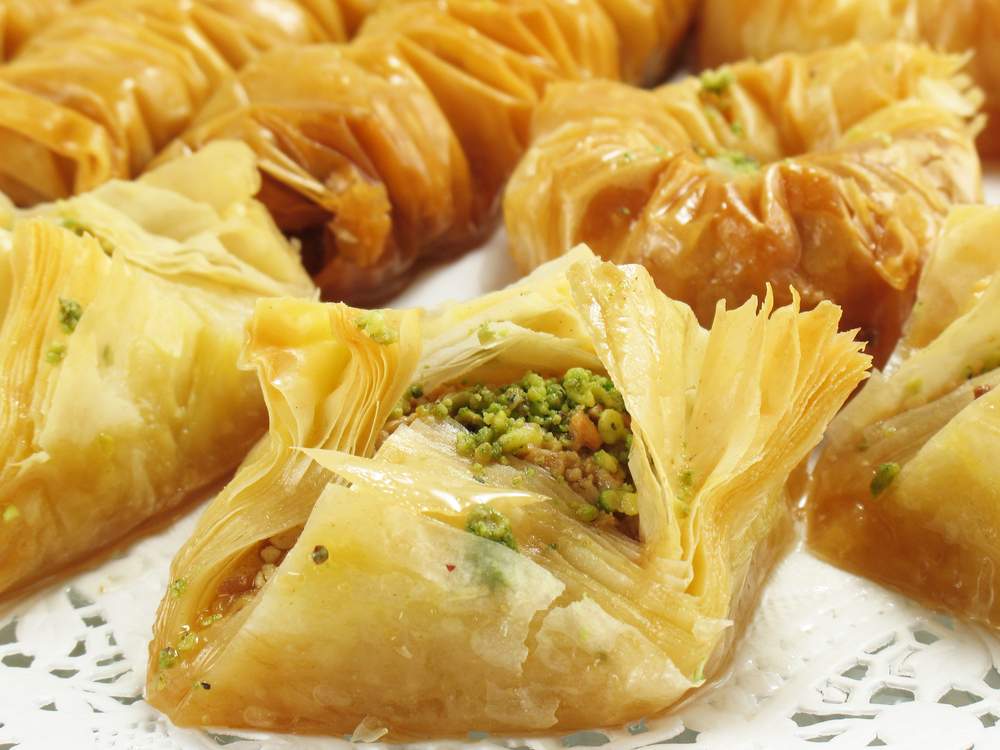
After all that heavy meat and oil it probably won’t help your arteries much to wolf down a crusty mound of Turkish baklava, but if your heart is set on dessert there is no finer choice in Turkey.
These rich little pastries are as layered as the upthrust sedimentary rock slabs found in geologically unstable zones, formed of whisper-thin sheets of unleavened flour dough and filled with crumbled nuts and syrup or honey. They are a characteristic sweet dish found in manifold varieties and shapes throughout the lands of the Ottoman Empire. The best, however, is said to be the pistachio baklava of Gaziantep, which, if you’re not journeying that far afield, can be found in select baklava shops throughout Istanbul.
Meze
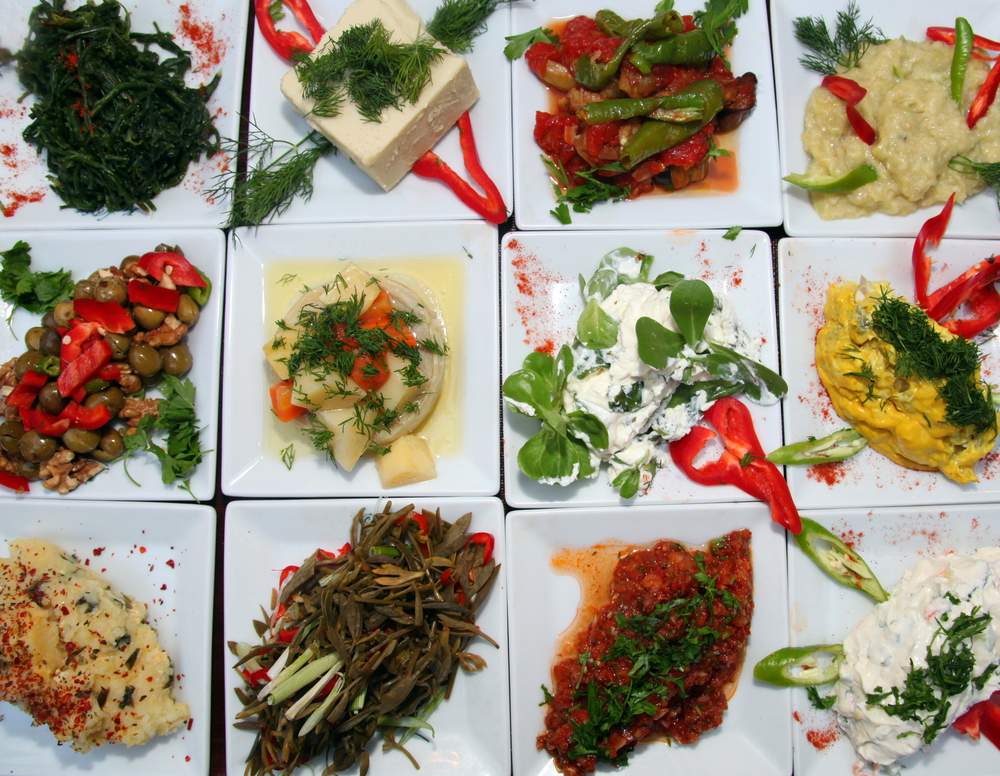
Mezes are little dishes, or appetizers, somewhat akin to Spanish tapas. They include such favorites as eggplant dip, halloumi, calamari, hummus, hot pepper paste with walnuts, kalamata olives, pilaki and octopus, among countless others. Eating them, it should be noted, demands a bit of decorum.
First of all you must go with friends and family to a meyhane, which are generally enormous multi-floored restaurants with long tables and wandering minstrels, and sit down and order enough rakı (an Turkish anise-flavored spirit) to make everyone cotton-eyed, and enough mezes to fill up the table. Spend the next few hours laughing and shouting at one another over the music and occasionally watching old Turkish men stand up and danced like amorous drunken hawks.
Plan your trip or learn more about food around the world:









